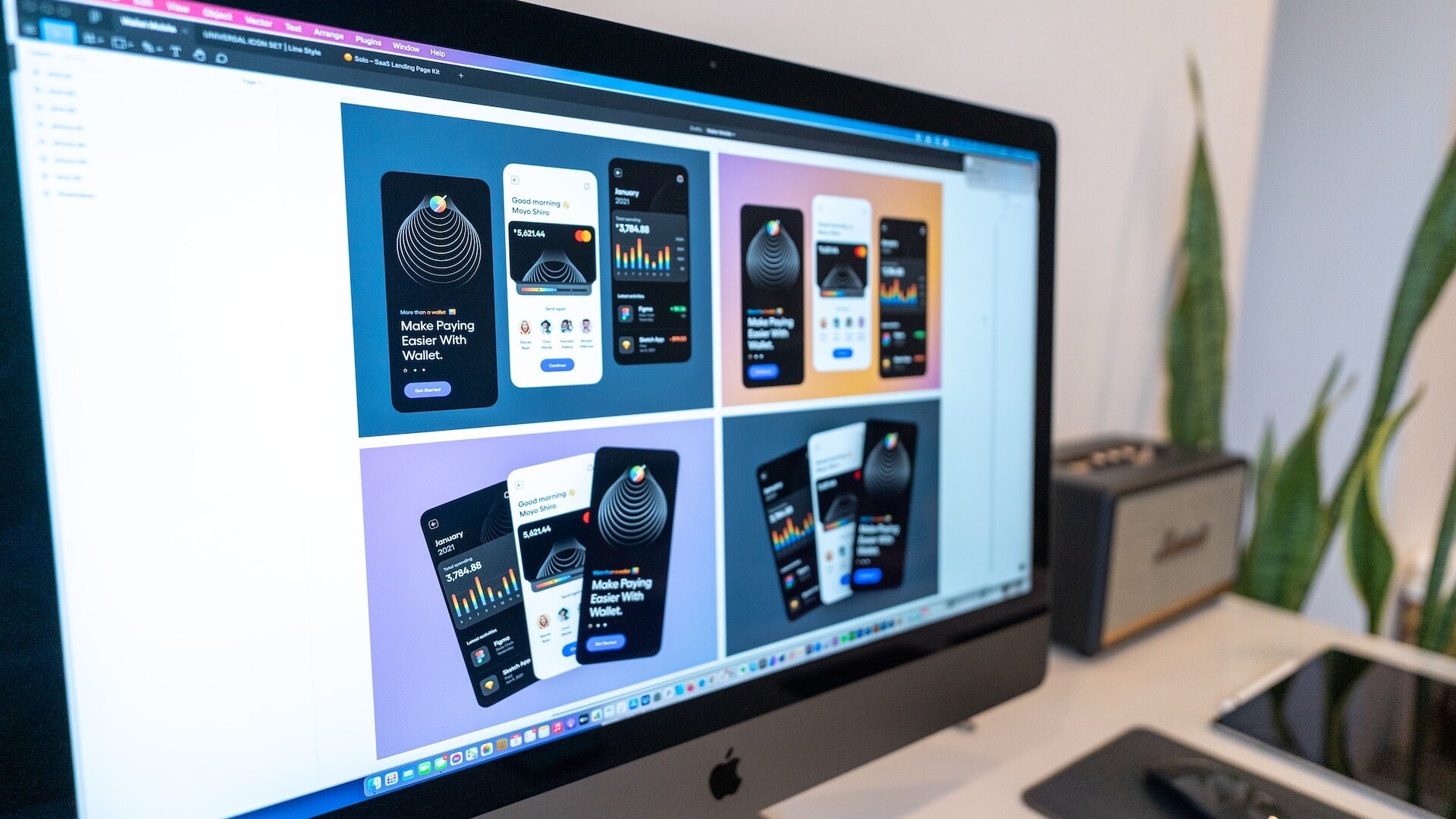No-Code Web Design
Advancements in technology and digital design are two-fold. One, it should be innovative and disruptive, and two, it should be efficient. It is no secret that the digital, online world is fast-moving, ever-evolving, and highly competitive, thus digital design agencies are always on the brink of finding what can elevate the brands they work for to be innovative and how they can help them achieve those results quickly, without, of course, sacrificing the experience. Although not necessarily new to web design and development, no-code has made its advancements and has taken a prevalent shift in recent years for intuitive and efficient experiences.

No-Code is the New Mode
No-code development quite literally carries its definition in its title— a form of web development that requires little to no code programming to design a digital design. Rather, No-code leans on a graphical user interface as opposed to the complexities of writing code. No-code development has been around for quite some time, through different iterations of itself, but this fresh, momentous shift in its usability has opened the doors for non-programmers and development aficionados to create without needing years of experience, while in turn, allowing veteran experts to design with simplicity and productivity. Users that engage with No-code development are often seeking an easy-to-use tool that will allow them to create dynamic designs without difficulty.
From individuals seeking a simplified alternative for a presentational website, or marketing departments that require a hands-on approach, No-code software is often sought-after. With its versatility, however, many digital development agencies have utilized this rendering of development, oftentimes including customized and embedded HTML or JavaScript for extra personalization. From a digital design agency perspective, exploring the intricacies of No-code design punctuates all it offers and how it can help create premier user experiences.
Convenience and Productivity
Traditional modes of development are commonly a careful, time-consuming process that requires significant time to be allocated during the creation of a digital design, resulting in dynamic designs. Yet, with No-code implementation, those possibilities can still exist, with half the time required to be executed to market. In fact, according to a study, 70% of new applications that are developed by organizations will utilize No-code technologies by the year 2025.
According to the same study, coding time can be cut by more than half, 90%, than it would take for traditional code implementation. This isn’t simply significant because it allows UI/UX developers to save time, but it also allows digital design products to be executed more quickly to market for all stakeholders involved, driving quicker conversions. Additionally, remaining stagnant in the digital world when innovation is consistently shifting is a limiting stance to take. Exploring new modes of development and creation opens the doors to faster execution, without sacrificing the experience, and more time for creativity to innovate new ideas.
Simplicity and Styling
No-code development and implementation do not necessarily need to completely override traditional coding within digital design agencies, but they do help pacify intricacies that could be simplified with No-code techniques. With prepackaged templates, drag-and-drop capabilities, and JavaScript and HTML integration flexibility, No-code reduce the time it takes for development with simple alternatives. Development and integration are also composed of No-code features, component libraries of plug-ins, APIs, and more that assemble these features as opposed to building the foundation up through coding.
Flexibility
With design and development come changes. Stakeholder feedback is one of the greatest assets when it comes to digital products, and another upside to No-code is the flexibility to adapt to changes. Developers can integrate any immediate changes with ease as they become required without the need to adjust the coding. This makes developing and testing websites, web apps, native apps, and easier. In that same breath, No-code enables there to be quicker iterations of a digital product for feedback and swift changes.
What Are the Drawbacks?
With changes in innovation, there are bound to be some hurdles, the biggest being security concerns. Most No-code programs are hosted through third-party companies, which leaves the omnipresent risk of an internal security breach since there is a lack of controls over the core code. Moreover, if the website that hosts your website is shut down, or no longer running, it could mean your own is jeopardized. Many platforms, however, are ensuring ways to strengthen security, but it is still a possibility.
Although No-code leans heavily into a new mode of innovation for creating digital products, its complete capabilities are not fully contoured. A considerable drawback of No-code development is the limitations and restrictions that can limit in-depth customizations. Relying on templates often creates that barrier between the simple building and fully fleshed intricacies. There are certain No-code platforms that allow designers and developers to integrate certain APIs, yet not all are built the same.
No-code The Future of Digital Design?
Over 75% of IT leaders claim they utilize No-code development because of its efficiency and helps streamline the backlog of interfaces needed to keep up with the ever-moving digital world, it comes as no surprise that it may lead to a new phase of innovation. With its benefits and drawbacks, amazing interfaces can still be created and optimized, and as it continues to accelerate into new iterations with smarter features, no code may just become the newest addition to professional development and citizen design.
Related Articles
The Importance of Grids in Design
July 12, 2024
Understanding User Interface (UI)
July 10, 2024
Cognitive Fluency: Enhanced User Experience (UX)
July 10, 2024



